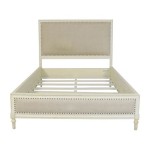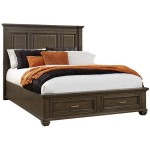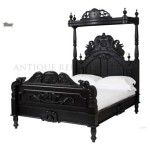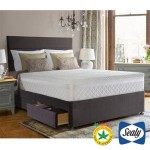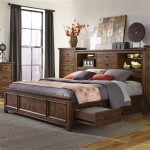Is Plywood Good For Bed Frame
When selecting materials for your bed frame, it's crucial to consider various essential aspects to ensure durability, stability, and comfort. Plywood, a versatile and sturdy material, has emerged as a popular choice for bed frames. Understanding the essential aspects of plywood's suitability for bed frames will help you make an informed decision.
In this article, we will delve into the key factors you need to consider when evaluating plywood for bed frames. We will explore the advantages and disadvantages of using plywood, its durability and strength, and how it compares to other materials commonly used for bed frames. Let's begin by examining the composition of plywood and its impact on its suitability.
Plywood Composition and Suitability
Plywood is a composite material consisting of multiple thin layers of wood veneer glued together, with each layer oriented perpendicular to the adjacent layers. This cross-laminated construction enhances plywood's strength and stability, making it less prone to warping and bending compared to solid wood.
The number of layers and the thickness of each layer determine the overall thickness and durability of the plywood. Thicker plywood with more layers is more robust and can withstand heavier loads. However, thicker plywood may also be more expensive.
Durability and Strength
One of the primary considerations for bed frames is durability. Plywood is renowned for its exceptional durability and strength. Its cross-laminated construction distributes weight evenly, making it resistant to sagging and bending. Plywood's high resistance to impact and wear makes it suitable for frequent use and can withstand the weight of mattresses and sleepers.
However, it's important to note that the durability of plywood can vary depending on the type of wood used, the manufacturing process, and the thickness of the plywood. Higher-quality plywood made from durable wood species and with a higher number of layers will offer greater durability.
Comparison with Other Materials
When considering plywood for bed frames, it's helpful to compare it with other commonly used materials, such as solid wood, metal, and particleboard.
Solid wood is a classic choice for bed frames and offers exceptional durability and a timeless aesthetic. However, solid wood can be more expensive than plywood and may be more susceptible to warping and bending if not properly seasoned and treated.
Metal bed frames are known for their durability and strength. They are often lightweight and easy to assemble. However, metal bed frames can be more prone to noise and vibration, and the lack of natural warmth may not suit all tastes.
Particleboard is a budget-friendly option for bed frames. It is lightweight and easy to work with. However, particleboard is not as durable as plywood and can be susceptible to moisture damage.
Conclusion
The suitability of plywood for bed frames depends on various essential aspects, including its composition, durability, strength, and comparison with other materials. Plywood's cross-laminated construction provides exceptional durability and strength, making it a reliable choice for bed frames that can withstand frequent use and heavy loads.
When selecting plywood for your bed frame, consider the thickness, number of layers, and wood species to ensure it meets your durability and stability requirements. By carefully evaluating these aspects, you can make an informed decision that will enhance the longevity and comfort of your bed frame.

How To Choose Plywood For Bed Frames
What Is The Best Quality Of Wood To Make A Plywood Bed Frame Quora

Diy Plywood Bed Modern Builds

Bed Slats Vs Plywood Which Is Best For Your Frame
Diy Plywood Bed Modern Builds

Bed Slats Vs Plywood Which Is Best For Your Frame

How To Choose Plywood For Bed Frames

The Nordic Bed Modular Low Birch Plywood

Diy Plywood Bed Modern Builds

How To Build A Modern Platform Bed For 125 Diy Beautify Creating Beauty At Home
